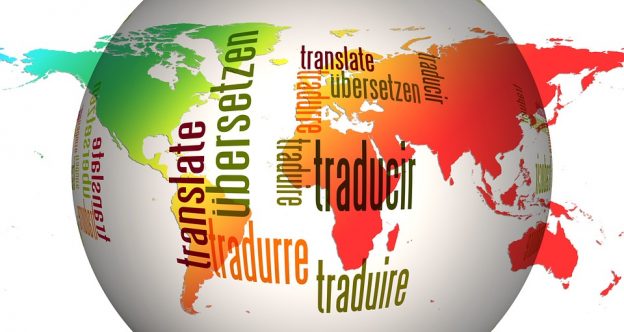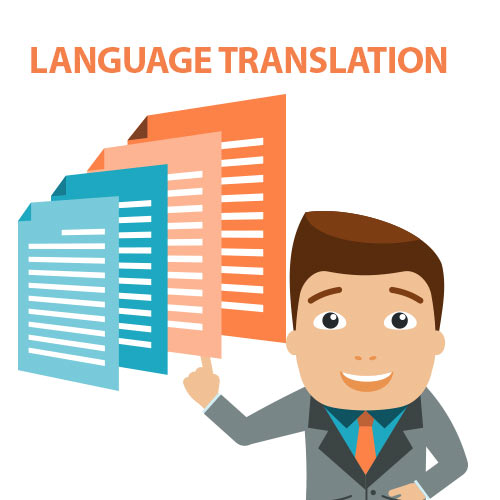Language Translation: Changes through the ages in the process
Language translation is the way of covering every translation in the system. As every project is translating content from one language to another; you have to know that language translation is just translation, plain and simple.
How does language translation work?
When it comes to the necessary process of translating, you must wonder how it works. Universal Translation Services has written extensively on the topic, but today we will focus on how the translation culture has shifted in the past few years.
Historically:
Historically speaking, language translations used to focus on just one translator. Up until the last two decades, one translator used to sit down with a piece of paper and the original content. They used to read the content and make appropriate translations, one sentence at a time. That process lead to a translation that would take a long time to complete. The translation would also be easy to contest because the translator would make one translation of thought while three other interpretations of the same phrase were available.
Modern Times:
Now the times have changed, and the translation is not just for educational purposes. Translation agencies are now highly regulated, and the process of translation undergoes much scrutiny. The content has to be accurately translated, and the client decides the context of the translation. Every translation is conducted within strict deadlines, and all the translations are highly regulated.
Result:
The result is an industry that has proprietary software to help translators that is improving every day. The result is also a translation accountability system that avoids letting only one translator work on the project.
Rotation- the Modern Technique:
The modern technique focuses on getting the translation done by a team. A team of native speakers of the target language work on the translation. The first translator makes up the translation. Then the second translator edits the first translation and focuses on bringing the translation closer to the intended context. Now the proofreader cleans up the writing and makes sure that there are no syntax errors of any kind. This translation is then presented to the client who gets an excellent translation.
The Intended Context:
One significant shift from the old days is the intended context. Back in the day, the only context was the one intended by the translator. The translator decided what context was best for the translation. That is not the case anymore. The translation context is in accordance to the specifications provided by the client. The client has his context in mind that translator places in the translation.
Author: Maria Andreas
















